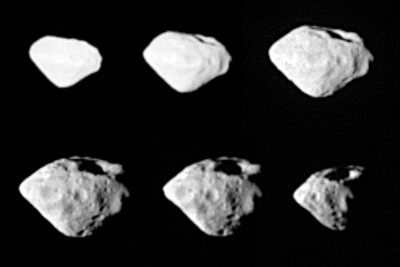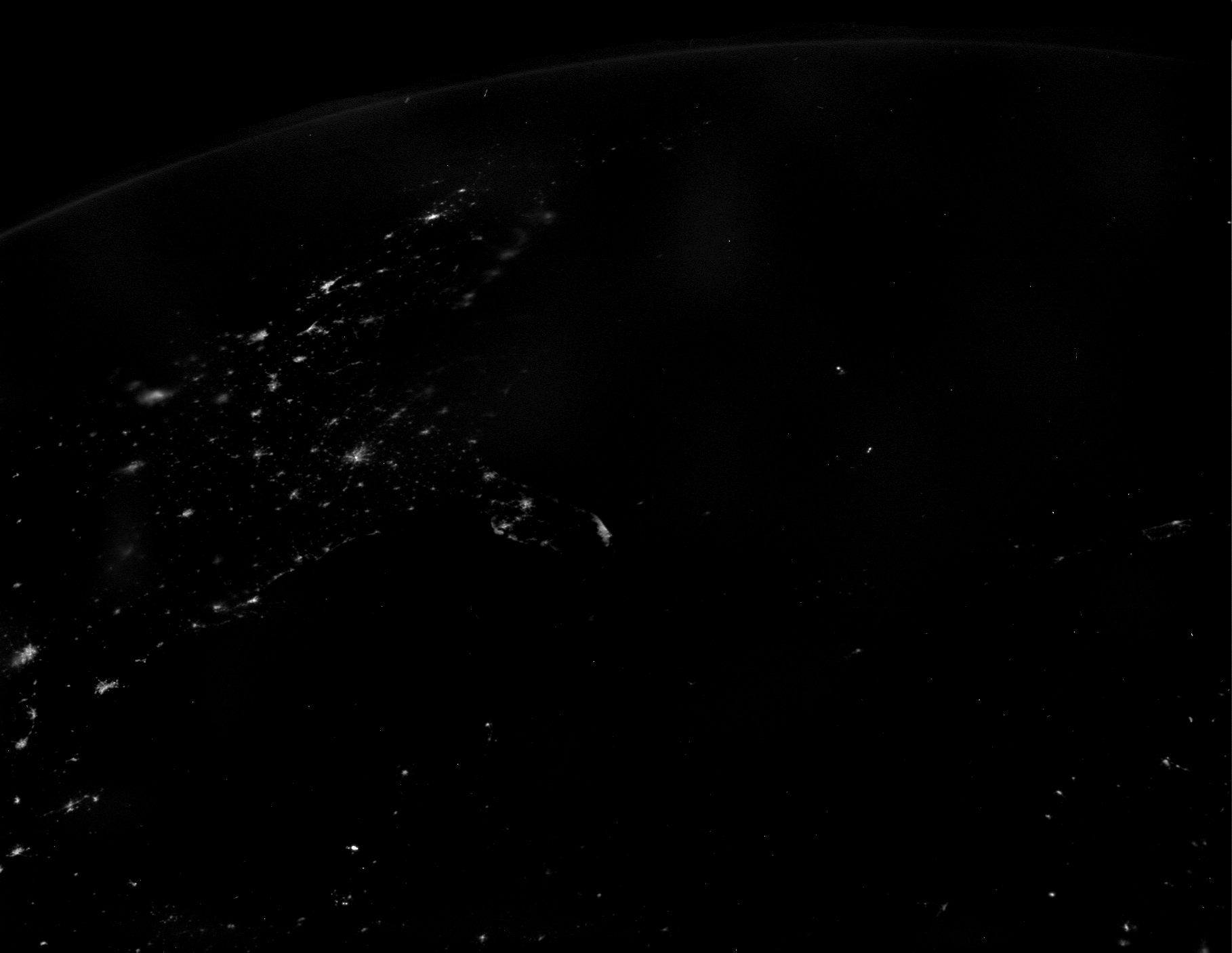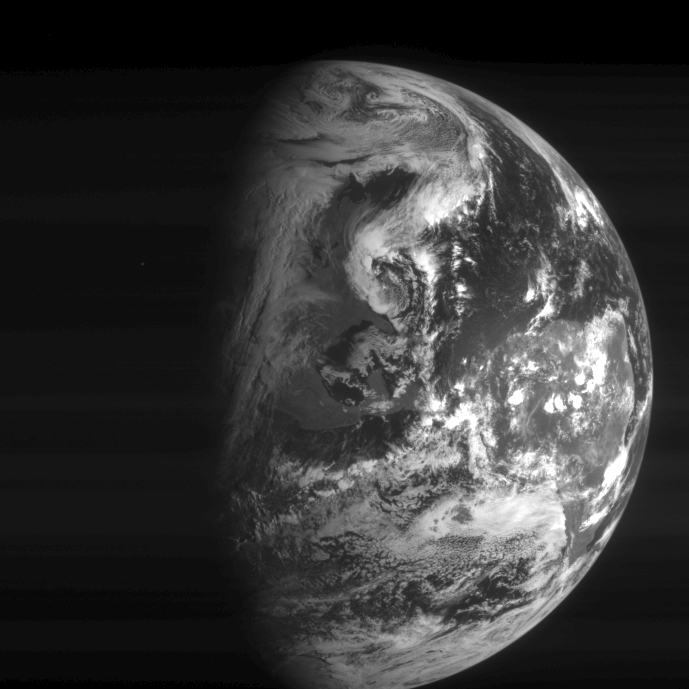3
3488
Guest
First images will start appearing @ 09:00 CET, 08:00 UT, 03:00 EST, 02:00 CST, <br />01:00 MST & 00:00 PST.<br /><br />The encounter was a complete 100% success, so Earth observations were taken & now Rosetta<br />is observing the Moon. <br /><br />Rosetta has / is performing extremely well.<br /><br />Rosetta was spotted last night from the Starkenburg Observatory, Heppenheim in Germany.<br /><br />If I can, I will post results from the encounter tonight on here.<br /><br />Next encounter is the small 4.6 KM wide Type E (Enstatite Achondrite, similar in <br />compostion to the Earth's mantle, but a little higher in Iron & Sulphur) Main Belt <br />Asteroid 2867 Steins on Friday 5th September 2008.<br /><br />Whilst Rosetta was passing Earth, I was observing Comet 17/P Holmes, so whilst I<br />was looking at a comet, a comet bound spacecraft was passing Earth. <img src="/images/icons/laugh.gif" /><br /><br />Andrew Brown. <div class="Discussion_UserSignature"> <p><font color="#000080">"I suddenly noticed an anomaly to the left of Io, just off the rim of that world. It was extremely large with respect to the overall size of Io and crescent shaped. It seemed unbelievable that something that big had not been visible before".</font> <em><strong><font color="#000000">Linda Morabito </font></strong><font color="#800000">on discovering that the Jupiter moon Io was volcanically active. Friday 9th March 1979.</font></em></p><p><font size="1" color="#000080">http://www.launchphotography.com/</font><br /><br /><font size="1" color="#000080">http://anthmartian.googlepages.com/thisislandearth</font></p><p><font size="1" color="#000080">http://web.me.com/meridianijournal</font></p> </div>













